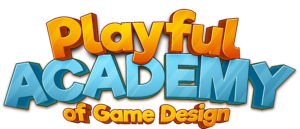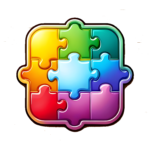

Categories
Games Have Puzzles
Learning Objectives
- Lesson objectives
- Understand the types of escape room puzzles
- Describe basic principles for escape room puzzles
- Practice building puzzles
- Socioemotional learning objectives
- Planful
- Creative
Materials
- Worksheet (5 pages)
- Scissors
- Fasteners
- Example puzzle boxes
Instructions
- Review that escape games are made of puzzles, and that puzzles have pieces that reveal new information when assembled
- Because we are planful game designers, we think about what our players are experiencing as they go through our games
- Here are some puzzle principles to consider
- Make the goal clear and easy to understand
- Give the player a clear starting point for the game
- Help players know when they are making progress
- Make early puzzles easier and later puzzles more difficult
- Have other things for players to do if they get stuck on something
- Build small puzzles that lead up to a bigger one
- Give hints to keep players interested
- Consider the role of emotions at different points
- Explain each type of puzzle to campers. Although these are standard puzzle types, we can be creative and make them fit the story of our game.
- Masonic Cipher (decoding puzzle)
- Secret Decoder (decoding puzzle)
- Word Search (masking puzzle)
Notes and Discussion
Discussion
- Play through some of the example puzzle boxes and talk about how they can be changed to be more or less difficult. Connect puzzle types and strategies to skills, emotion, and types of fun.
